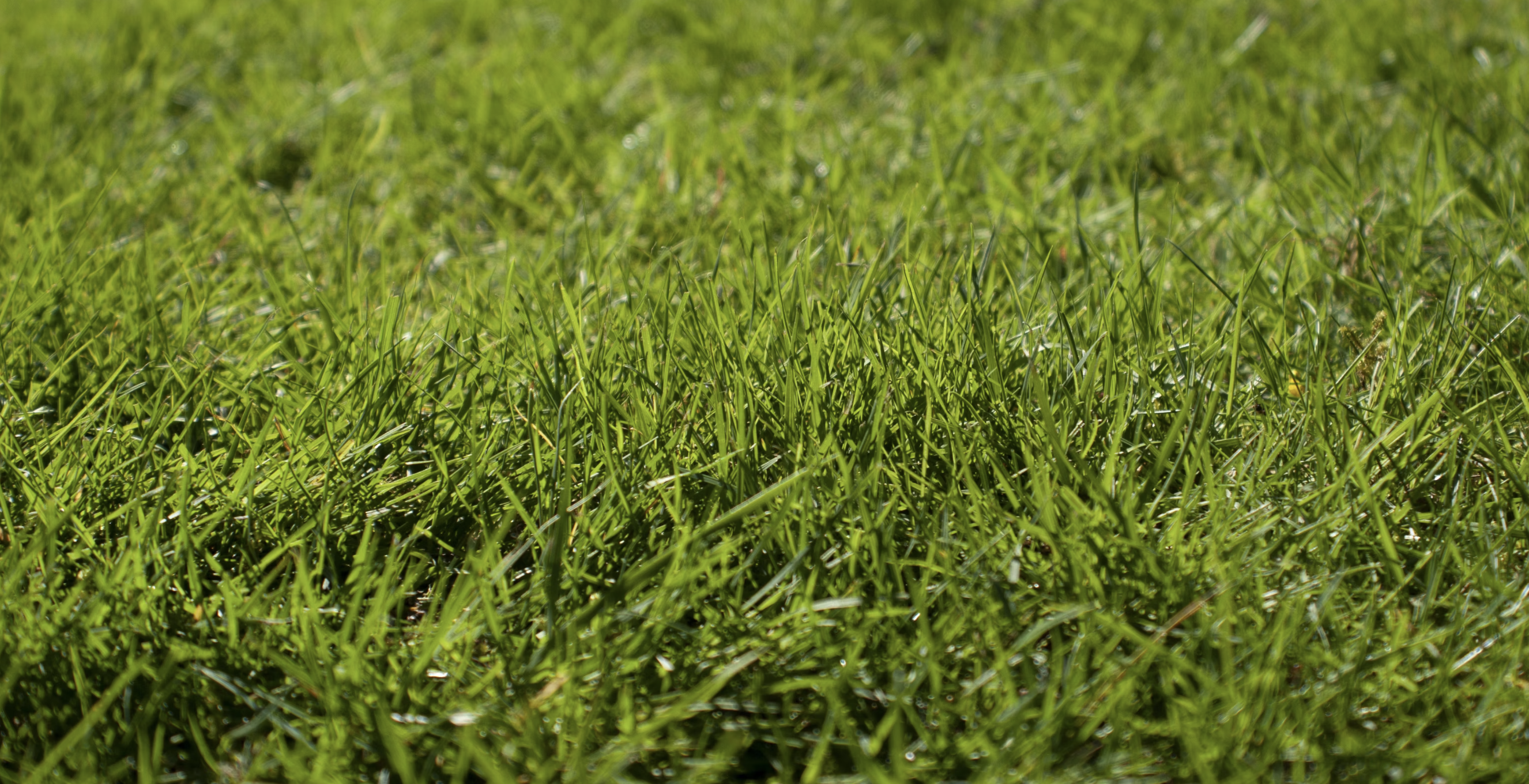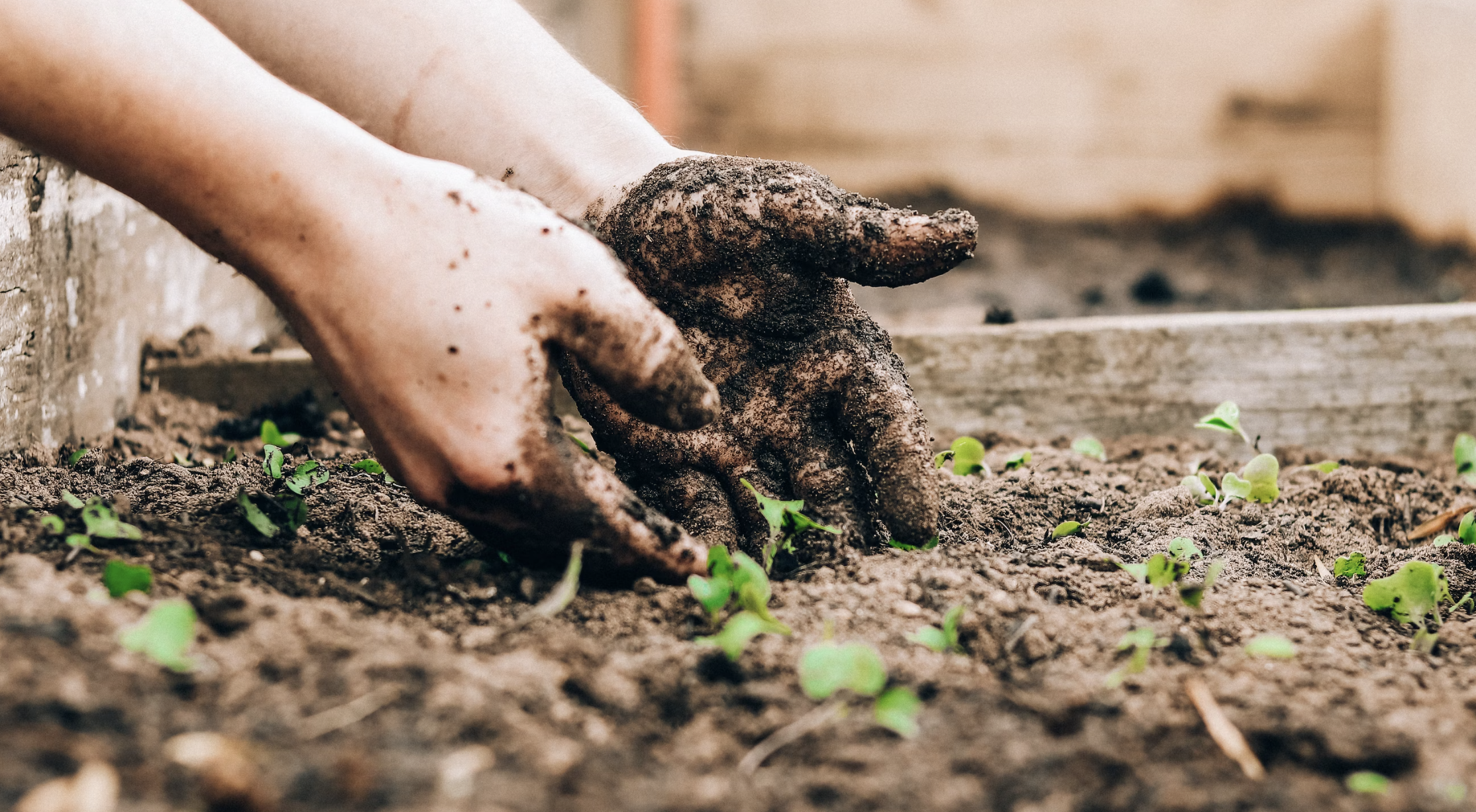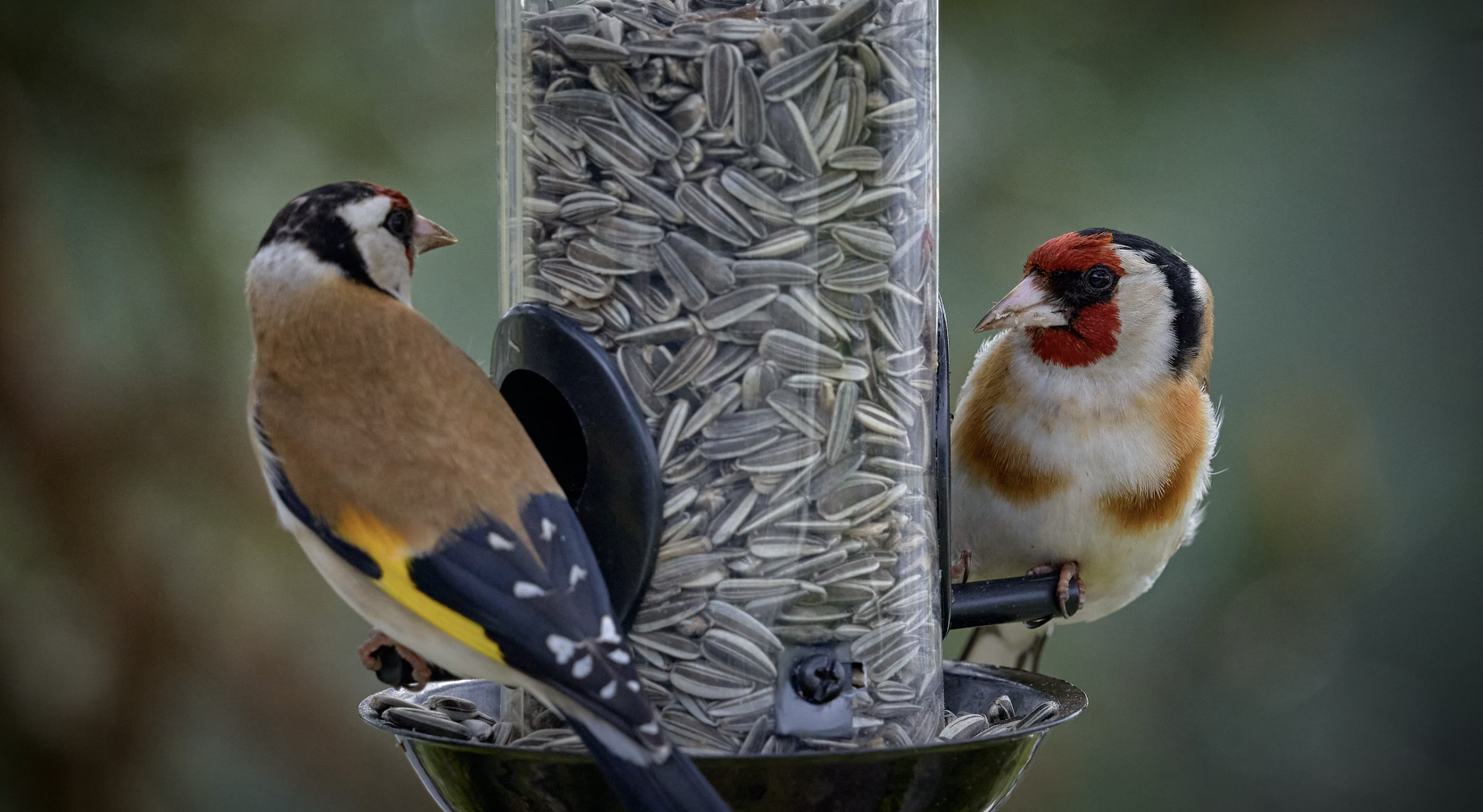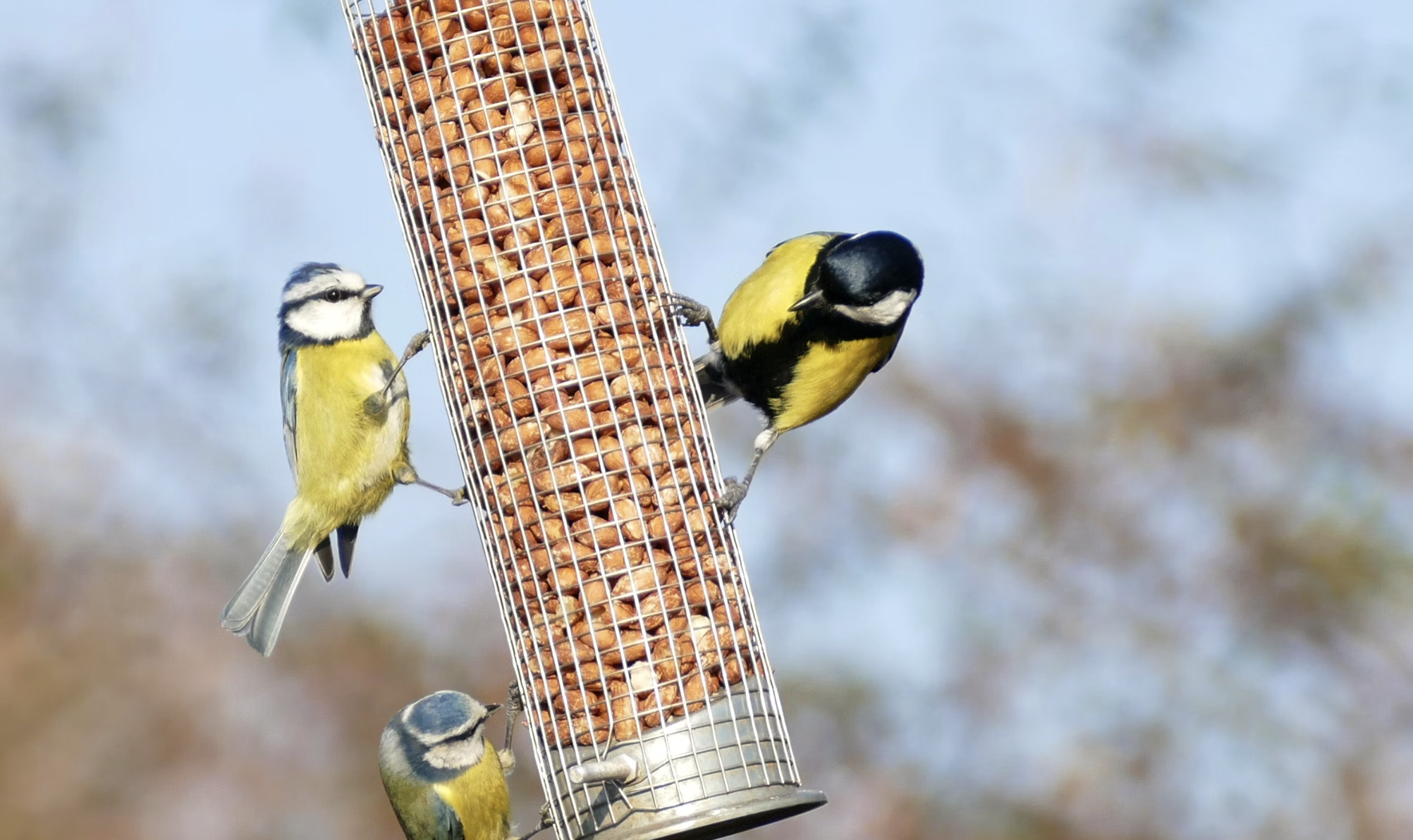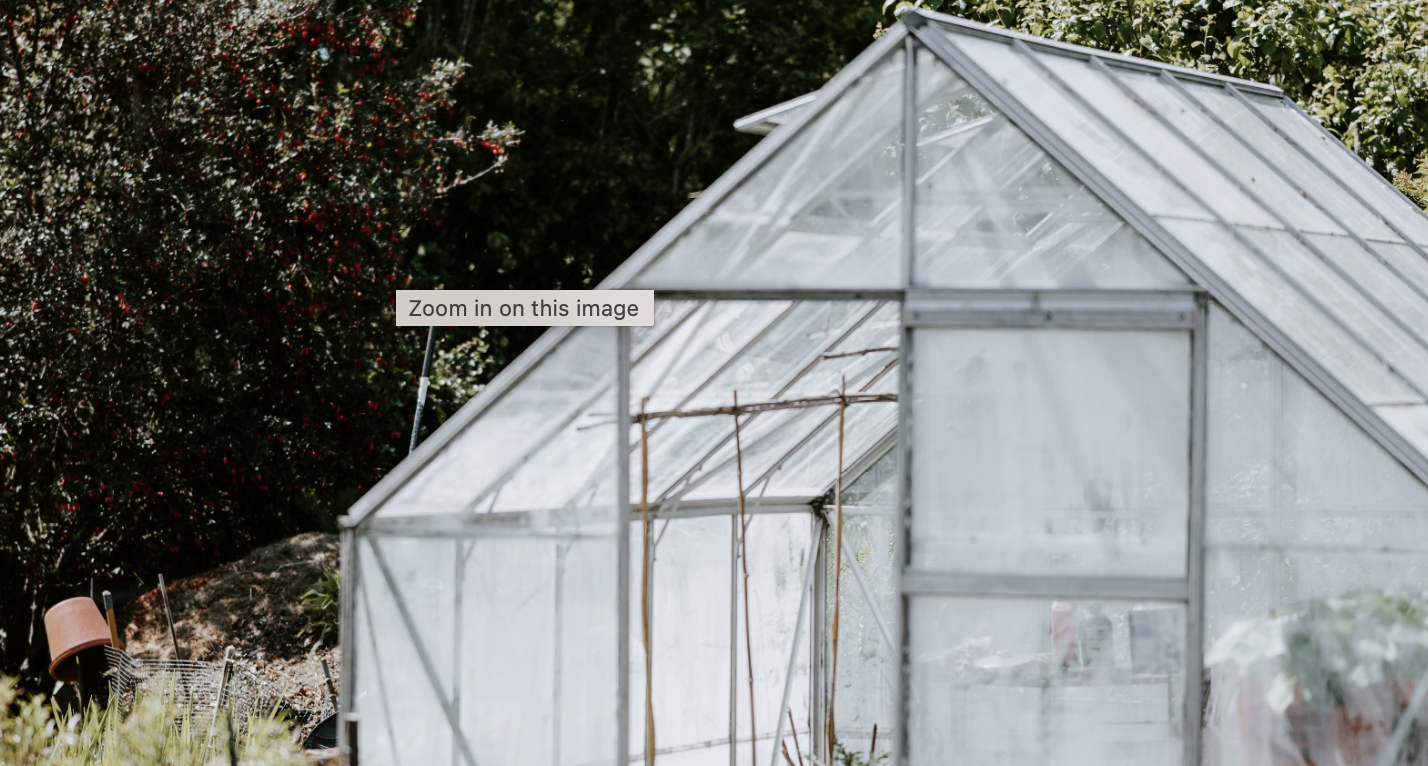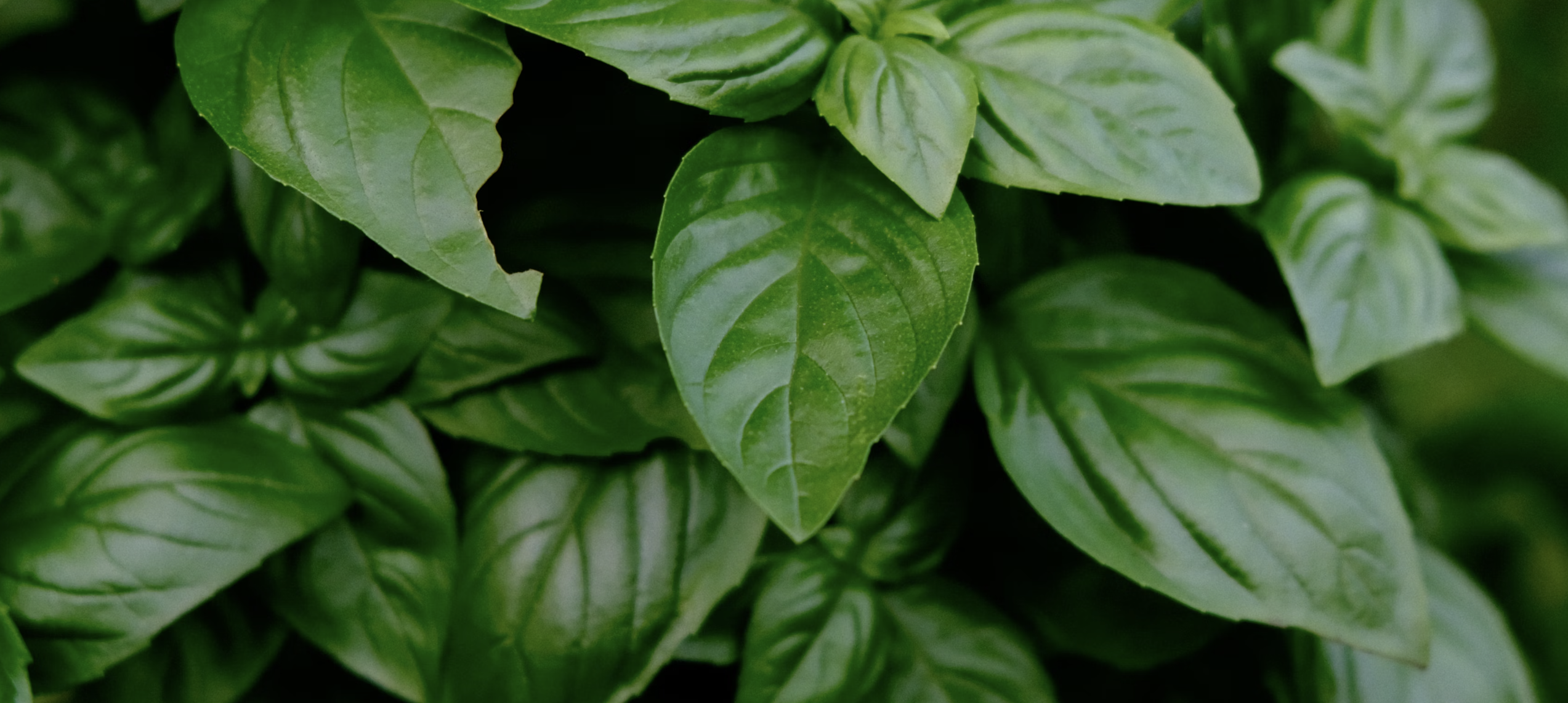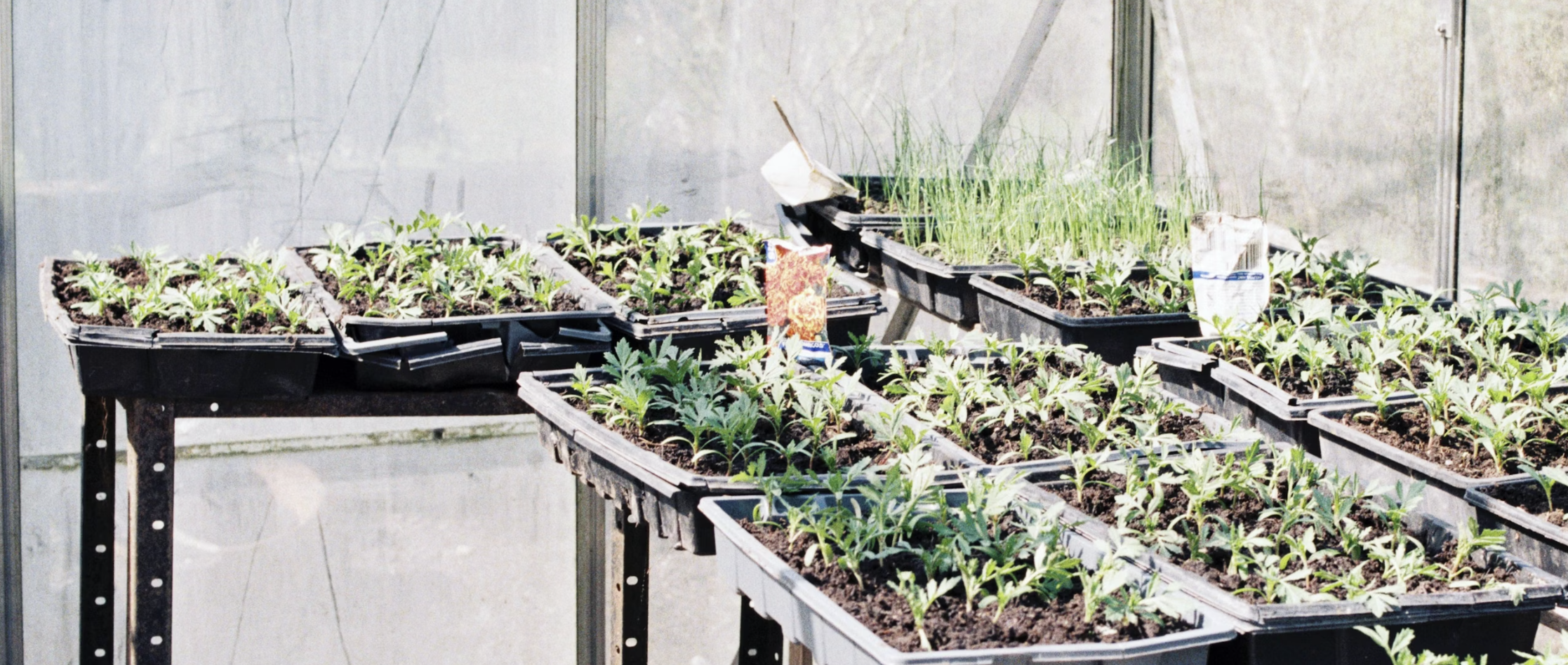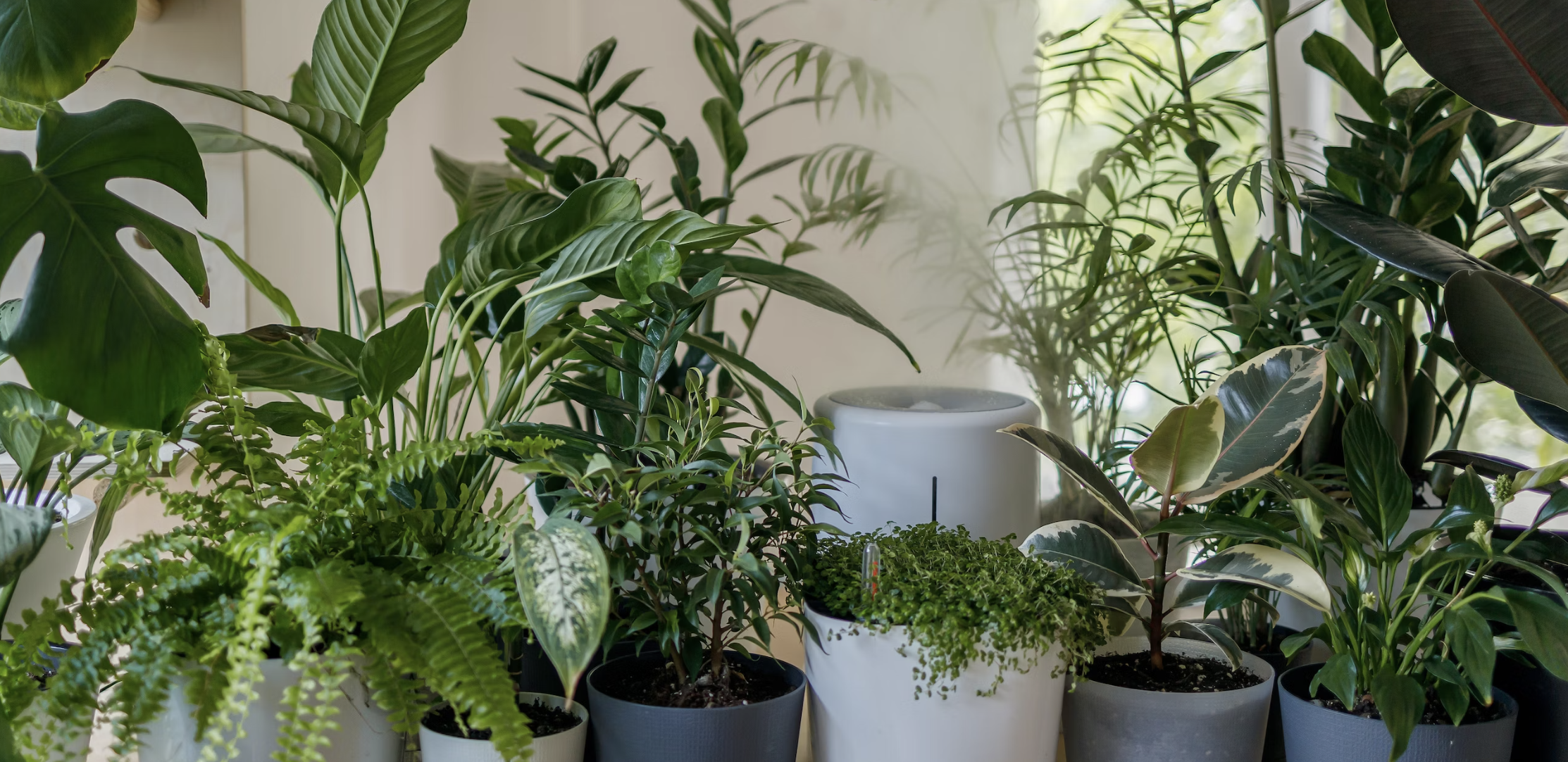
Wisteria is known for its cascading clusters of vibrant blooms, captivating the eye and adding a touch of elegance to any landscape. However, many gardeners struggle to achieve that lush, abundant growth they desire. The secret to unleashing the full potential of your wisteria lies in understanding its unique feeding needs.
In this article, we delve into the secrets of feeding wisteria, unlocking the key to its thriving success. From choosing the right fertilizer to understanding the optimal feeding schedule, we provide expert insights to help you nourish your wisteria plant effectively.
Discover the essential nutrients wisteria craves and learn how to strike the ideal balance for healthy growth. We'll guide you through the process step by step, ensuring you have the knowledge to bring out the full beauty of your wisteria.
Whether you're a seasoned gardener or just embarking on your gardening journey, this article is your comprehensive guide to feeding wisteria and transforming your garden into a breathtaking oasis of vibrant colors. Get ready to unleash the true potential of your wisteria plant and make it thrive like never before.
Keywords: feeding wisteria, make plant thrive, secrets, nourish, fertilizer, feeding schedule, nutrients, healthy growth, garden, vibrant colors.
Understanding the needs of Wisteria plants
Wisteria plants have specific requirements when it comes to feeding. These beautiful climbers thrive in well-drained soil and prefer a sunny location to grow. Before diving into the details of feeding wisteria, it's important to understand the basic needs of these plants.
Wisteria plants require a good balance of nutrients to support healthy growth. They need adequate amounts of nitrogen, phosphorus, and potassium, commonly referred to as NPK. In addition to these macronutrients, wisteria plants also benefit from trace elements like iron, magnesium, and zinc. Understanding the nutrient requirements of your wisteria will help you make informed decisions when it comes to feeding them.
To ensure optimal growth, wisteria plants also require a pH level between 6.0 and 7.0. Testing the pH of your soil will give you valuable insights into its acidity or alkalinity. If the pH is too low or too high, it can affect the plant's ability to absorb nutrients effectively. Adjusting the pH of the soil, if necessary, will create an ideal environment for your wisteria to flourish.
Choosing the right location for your Wisteria plant
Selecting the right location for your wisteria plant is crucial for its overall health and vitality. As sun-loving plants, wisteria thrives in full sunlight. Find a spot in your garden that receives at least six hours of direct sunlight each day.
When choosing a location, consider the support structure for your wisteria. These plants are vigorous climbers and require a sturdy structure such as a pergola, trellis, or arbor to support their growth. Ensure that the structure is firmly anchored to the ground to prevent any damage or instability as the plant matures.
Another factor to consider is the proximity to other plants or structures. Wisteria plants are known for their aggressive growth and can potentially strangle or damage nearby plants. Give your wisteria enough space to spread its wings and grow without encroaching on neighboring plants or structures.
Soil preparation for Wisteria plants
Preparing the soil before planting is essential to provide a healthy foundation for your wisteria plant. Start by removing any weeds or grass from the planting area. Wisteria plants compete with other vegetation for nutrients, so it's crucial to eliminate any potential competition.
Once the area is clear, loosen the soil using a garden fork or tiller. Wisteria plants prefer well-draining soil, so if your soil tends to retain water, consider adding organic matter such as compost or well-rotted manure to improve drainage.
Before planting, it's a good idea to test the soil for its pH level. You can purchase a soil testing kit from a local garden center or use a pH meter. Adjust the pH, if needed, by adding lime to raise the pH or sulfur to lower it. Aim for a pH level between 6.0 and 7.0 to ensure optimal nutrient uptake.
Feeding schedule for Wisteria plants
Feeding wisteria plants at the right time and in the right amounts is crucial for their overall health and vitality. Understanding the feeding schedule will help you provide the necessary nutrients when the plant needs them the most.
In the first year after planting, it's important to establish a strong root system. During this period, focus on watering the plant regularly and ensuring it receives enough sunlight. Avoid fertilizing the plant until it has established itself and shows signs of active growth.
Once the wisteria plant enters its second year, it's time to start feeding it. Begin by applying a balanced fertilizer with a ratio of 10-10-10 or 14-14-14 in early spring, just before new growth emerges. Follow the instructions on the fertilizer packaging for the appropriate amount to use based on the size of your plant.
During the growing season, continue to feed your wisteria every four to six weeks with a balanced fertilizer. This will provide a steady supply of nutrients to support healthy growth and vibrant blooms. Be sure to water the plant thoroughly after each feeding to help the nutrients penetrate the root zone.
In the fall, as the plant prepares for dormancy, reduce the frequency of feeding and switch to a low-nitrogen fertilizer. This will help the plant harden off and prepare for the colder months ahead. Avoid fertilizing wisteria plants during the winter months as they are dormant and do not require additional nutrients.
Organic fertilizers for Wisteria plants
If you prefer to use organic fertilizers, there are several options available that can provide the necessary nutrients for your wisteria plant. Organic fertilizers, derived from natural sources, offer a more sustainable and environmentally-friendly approach to feeding your plants.
One popular organic fertilizer option is compost. Compost is rich in organic matter and provides a wide range of nutrients that wisteria plants need. Apply a layer of compost around the base of the plant in early spring and water it in thoroughly. This will slowly release nutrients into the soil, nourishing the plant throughout the growing season.
Another organic fertilizer option is well-rotted manure. Manure from herbivores, such as cows or horses, is an excellent source of nutrients. Apply a layer of well-rotted manure around the base of the plant, similar to compost, in early spring and water it in thoroughly.
You can also create your own organic fertilizer by composting kitchen scraps and yard waste. This homemade compost can be applied around the base of the wisteria plant, providing a nutrient-rich boost to support healthy growth.
Pruning techniques for Wisteria plants
Pruning is an essential part of maintaining healthy wisteria plants and promoting abundant blooming. Proper pruning techniques will help shape the plant, control its size, and encourage the growth of new flowering stems.
The best time to prune wisteria plants is during late winter or early spring, before new growth appears. Start by removing any dead, damaged, or diseased branches. Then, trim back the remaining branches to maintain the desired shape and size. Cut the branches to just above a bud or side shoot, making a clean and slanted cut.
Regular pruning will help prevent excessive growth and keep the plant in check. Focus on removing any suckers or side shoots that emerge from the base or trunk of the plant. These suckers can divert energy from the main plant and hinder its overall growth and blooming.
Common problems and solutions for Wisteria plants
While wisteria plants are generally hardy and resilient, they can still face a few common problems. Being aware of these issues and knowing how to address them will help you keep your wisteria healthy and thriving.
One common problem is a lack of blooms. If your wisteria isn't producing flowers, it could be due to a few factors. First, ensure that the plant is receiving enough sunlight. Wisteria plants require at least six hours of direct sunlight each day to bloom profusely. If your plant is not getting enough sunlight, consider moving it to a sunnier location.
Another reason for a lack of blooms could be over-fertilization. Too much nitrogen-rich fertilizer can promote excessive vegetative growth at the expense of blooming. Adjust your feeding schedule and reduce the amount of nitrogen-based fertilizer you use to encourage more blooms.
Pests and diseases can also pose a threat to wisteria plants. Common pests include aphids, mealybugs, and scale insects. Monitor your plants regularly and take immediate action if you notice any signs of infestation. Use organic pest control methods or consult with a professional to address the issue effectively.
Tips for maintaining healthy Wisteria plants
To ensure the long-term health and vitality of your wisteria plants, follow these additional tips for maintenance:
1. Water your wisteria regularly, especially during hot and dry periods. The plant requires consistent moisture to thrive, but be careful not to overwater, as this can lead to root rot.
2. Mulch around the base of the plant to retain moisture, suppress weeds, and regulate soil temperature.
3. Monitor the pH of the soil regularly and make adjustments if necessary to maintain the ideal range for wisteria plants.
4. Train and support the vine as it grows to prevent it from becoming tangled or damaged.
5. Regularly inspect your wisteria for any signs of pests, diseases, or nutrient deficiencies. Address these issues promptly to prevent further damage.
By following these tips and implementing the feeding techniques outlined in this article, you'll be well on your way to unlocking the secrets of feeding wisteria and transforming your garden into a breathtaking oasis of vibrant colors.
Conclusion and final thoughts
Feeding wisteria plants is a crucial aspect of their care and maintenance. By understanding their unique feeding needs and providing the right nutrients at the right time, you can unlock the true potential of your wisteria and make it thrive like never before.
Remember to choose the right location for your wisteria, prepare the soil adequately, and follow a consistent feeding schedule. Whether you opt for traditional or organic fertilizers, ensure a balanced nutrient supply to support healthy growth and vibrant blooms.
Regular pruning and maintenance will help shape your wisteria plant and keep it in check. Be vigilant for common problems such as a lack of blooms or pests, and take immediate action to address these issues.
With proper care and attention, your wisteria will reward you with cascading clusters of vibrant blooms, transforming your garden into a haven of beauty and elegance. So go ahead, unlock the secrets of feeding wisteria, and watch your plant thrive like never before.




